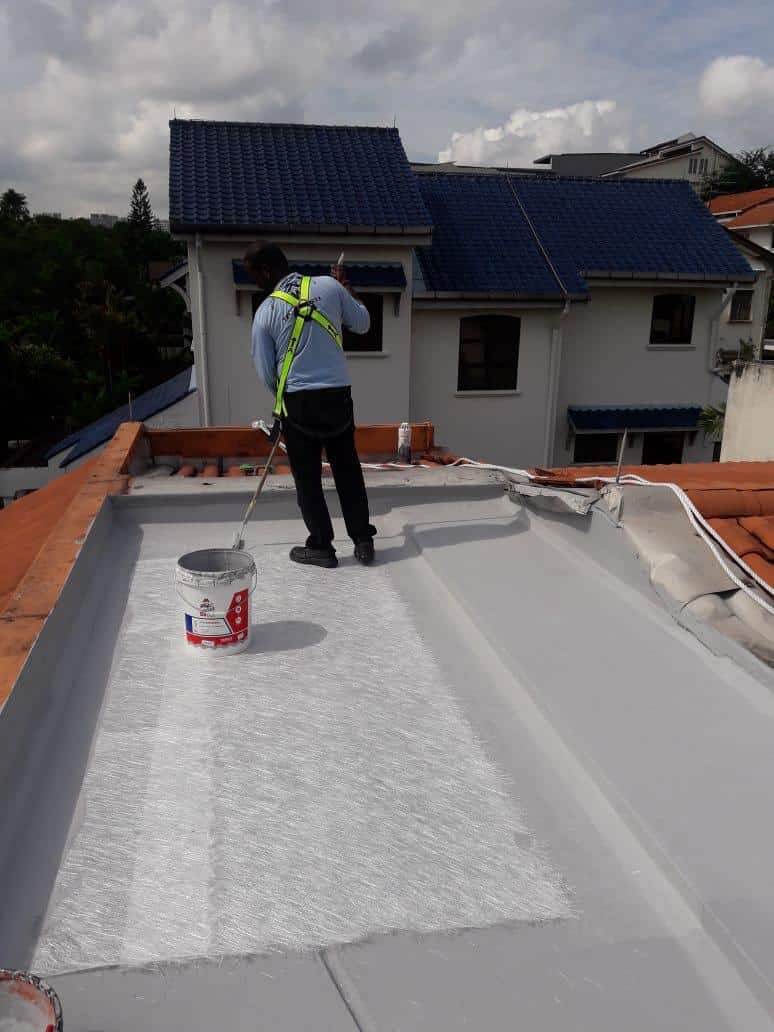Essential Moisture-proofing Guidelines for New Development

When embark on new construction, one often thinks about the design elements and stability of the building. However, neglecting waterproofing can lead to serious consequences that may not become apparent until it's too late. Effective waterproofing is critical for every home and business building because it protects against water damage, which can jeopardize your investment, lead to expensive repairs, and create an unhealthy living environment.
Grasping the various aspects of waterproofing is vital for homeowners and builders alike. Starting with selecting the right waterproofing products to determining whether to take a DIY approach or hire professionals, having a solid grasp of waterproofing strategies can save thousands in potential repairs. This guide will explore all you should understand about waterproofing, including why it matters, the signs that indicate your property may need attention, and the best techniques to ensure your new construction remains dry and safe for years to come.
Comprehending the Value of Waterproofing
Waterproofing is a fundamental aspect of every recent construction project, protecting structures against the damaging effects of moisture seepage. Water can seep into basements, structures, and ceilings, leading to a variety of issues including fungal infestation, compromise to the structure, and expensive repairs. Ensuring effective waterproofing from the outset not only preserves the integrity of the building but also increases its durability and value over the long run.
Ignoring the importance of waterproofing can lead to significant financial impacts. The expenses associated with water damage repairs can rise quickly, often reaching thousands of dollars. This makes investment in high-quality waterproofing systems a prudent decision for homeowners and contractors alike. Proper waterproofing methods can essentially save funds in the future by reducing the likelihood of significant repairs and maintenance.
Additionally, waterproofing plays a key role in creating a secure living environment. Wet and moisture-laden areas are breeding places for fungus and mould, which can compromise indoor air quality and pose hazards to inhabitants. By focusing on waterproofing in new construction, builders and property owners can create areas that are not only durable but also encourage a safe and pleasant atmosphere.
Common Waterproofing Methods and Options
Regarding effective waterproofing, several techniques can be utilized to protect a structure from moisture harm. Aluneed basement waterproofing is the use of waterproofing membranes, which are sheets or liquid coatings which create a defense against moisture. These membranes can be used to walls, foundations, and roofs, providing a seamless layer of protection. Additionally, sheet membranes are frequent in areas vulnerable to heavy water exposure, such as basements and balconies, ensuring that water does not infiltrate vital structural elements.
Another effective waterproofing solution is the installation of drainage systems, such as French drains or sump pumps. These systems redirect water away from the foundation, minimizing the risk of flooding and water accumulation. Proper drainage is crucial in maintaining the stability of buildings, particularly in regions with heavy rainfall or poor soil drainage. By combining these systems in conjunction with waterproofing membranes, homeowners can substantially reduce water damage risks.

In addition to membranes and drainage solutions, the choice of appropriate waterproofing coatings is crucial for areas like bathrooms and kitchens. Waterproof paints and sealants are specifically formulated to repel moisture, preventing mold and mildew growth. Moreover, specialized products for tile waterproofing can shield floors and walls from water intrusion. Choosing effective waterproofing products ensures durability and effectiveness, ultimately safeguarding your investment and boosting the comfort of your living spaces.
Choosing the Appropriate Approach for Your Home
When considering waterproofing for your home, it is crucial to consider your individual needs and the characteristics of your property. Each home presents individual challenges, whether it is a basement prone to water intrusion, a flat roof that accumulates water, or outdoor structures subjected to the weather. Understanding these elements will help you determine whether interior or exterior waterproofing methods would be most effective. Consulting with a expert can also provide guidance tailored to your situation, ensuring you make educated decisions.
Another important aspect to consider is whether to take the do-it-yourself route or utilize professional services. Do-it-yourself waterproofing can be budget-friendly, especially for smaller projects or repair tasks. However, expert waterproofing services often ensure long-lasting results and apply advanced techniques that can significantly reduce the chances of moisture damage. Reviewing the advantages and cons of each option is vital, as the best choice can save you effort, possibly thousands in repairs down the road.
Finally, investing in the top waterproofing products available will yield the greatest results. Researching and picking premium materials, such as established coatings and sealants, will enhance the efficacy of your waterproofing efforts. Look for products designed particularly for your intended application—be it roofs, bathrooms, or driveways—ensuring they meet regulatory guidelines. By prioritizing high standards in your waterproofing plan, you can create a resilient barrier against moisture, preserving your property’s integrity and safeguarding your asset.
